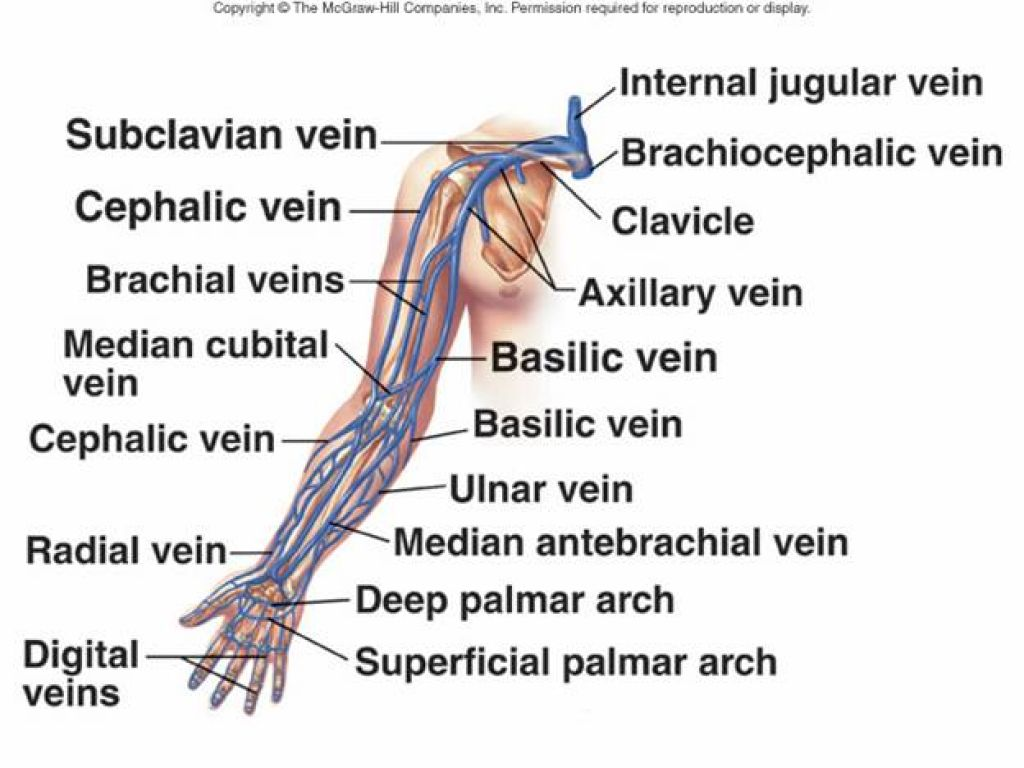CA-1 here,
I've heard a lot about IO access and how awesome it is. Aside from the primal gut reaction that drilling into someone is barbaric and uncouth, when I see videos of military people doing it on each other for fun it really doesn't actually look that unpleasant of an experience for the patient. After all, the only pain nerves you encounter are on the pinpoint size surface of the periosteum for a microsecond on placing the IO...
My observation is that patients that are undergoing relatively straight-forward procedures but have terrible IV access end up getting central lines for difficult IV access, even when the procedure is not expected to need volume resuscitation.
Why don't we do more IO access instead of going for the CVC in these situations? Is it a stigma thing or is there a medical reason why it would be contraindicated if all you needed it for was induction and occasional pressor bumps intra op? Are there any people out there that go for IO access in the setting of difficult IV access outside of a code scenario?
I've heard a lot about IO access and how awesome it is. Aside from the primal gut reaction that drilling into someone is barbaric and uncouth, when I see videos of military people doing it on each other for fun it really doesn't actually look that unpleasant of an experience for the patient. After all, the only pain nerves you encounter are on the pinpoint size surface of the periosteum for a microsecond on placing the IO...
My observation is that patients that are undergoing relatively straight-forward procedures but have terrible IV access end up getting central lines for difficult IV access, even when the procedure is not expected to need volume resuscitation.
Why don't we do more IO access instead of going for the CVC in these situations? Is it a stigma thing or is there a medical reason why it would be contraindicated if all you needed it for was induction and occasional pressor bumps intra op? Are there any people out there that go for IO access in the setting of difficult IV access outside of a code scenario?

